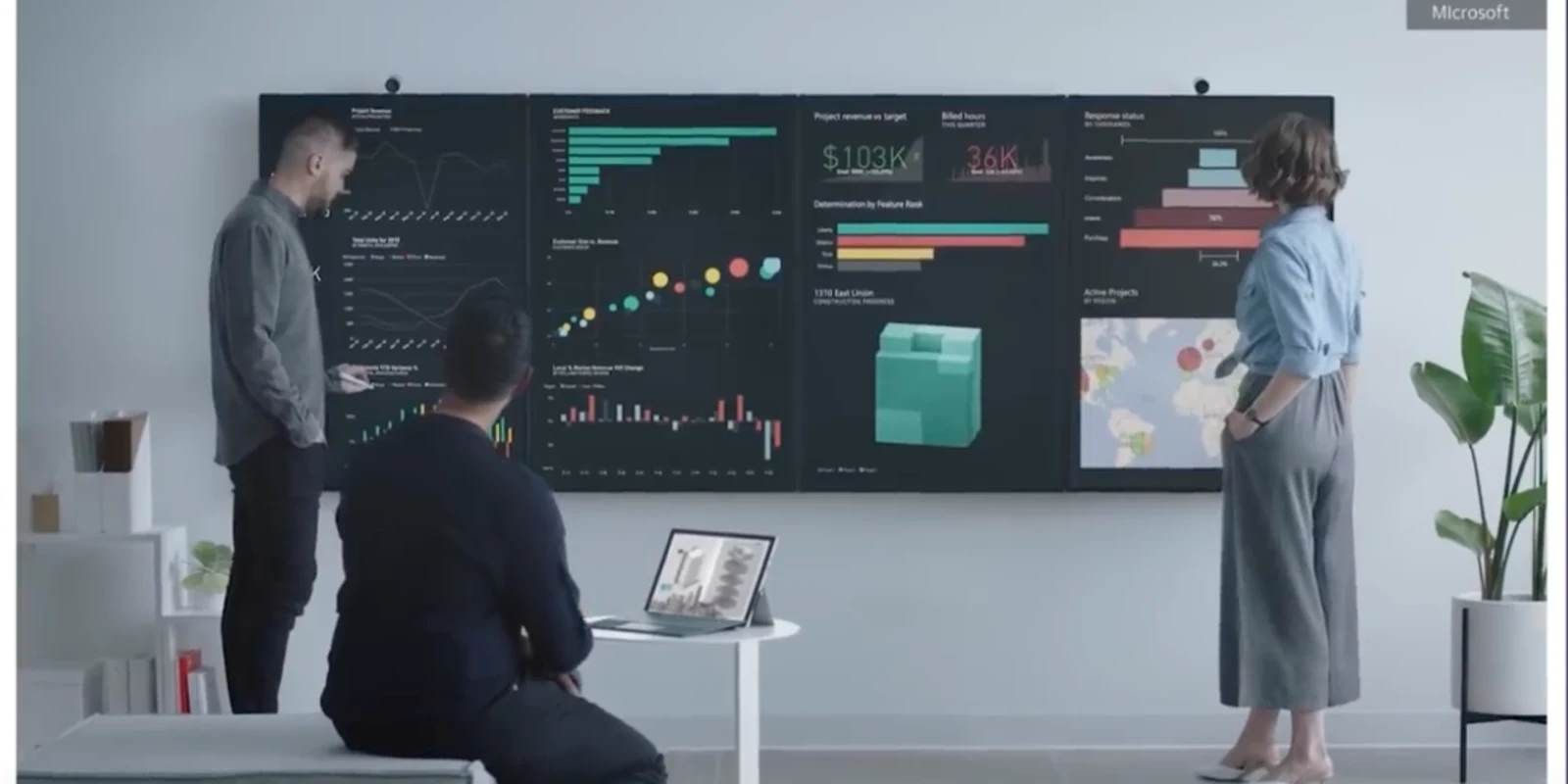
I recently attended an online video discussion hosted by an innovative blockchain-healthcare startup. The purpose of the conversation was to identify current frustrations surrounding electronic health record (EHR) and to elicit new ideas for next-generation EHRs.
Not surprising, we quickly rounded up the usual EHR frustration suspects: exam room distraction, after hours documentation, and extensive typing requirements, to name just a few.
Fortunately, the conversation soon evolved toward more interesting topics. Specifically, we asked two questions: What is the EHR’s mission and what would make the “perfect EHR”?
Regarding the EHR’s mission, one point which came out quickly was that different stakeholders see the EHR’s mission differently. Here are some examples of varying EHR missions by stakeholder type:
- The Physician (and my mission): “I want the EHR to be a simple tool that helps me effectively diagnose, treat, and manage the patient in front of me.”
- The Chief Medical Officer (CMO): “The EHR should make it easy to track and improve our entire patient population’s healthcare metrics.”
- The Chief Operating Officer (COO): “I want the EHR to maximize provider efficiency as measured by patient volume/time.”
- The Patient: “I just want refills to be easier.”
Certainly, these various EHR mission statements—while they frequently overlap_—_can present a design challenge. But I often wonder if the different intra-organization requirements for EHRs are also the root causes of so many EHR-related frustrations. For example: Is the CMO’s requirement for large population datasets compatible with a physician’s desire for less but more problem-specific data inputs? (Do you really need to measure and input someone’s weight and blood pressure for a chief complaint of a stubbed toe?)
With the recognition that different stakeholders have different concepts of what the EHR’s mission should be, here is my physician wishlist for a next-generation perfect EHR:
- Charting-free EHR: No typing, no keyboard, and no mouse. All inputs are voice, motion, or eye movement activated.
- A highly visual, large display screen. Here I am thinking of a wall-sized screen, (something like a Microsoft Surface Hub 2), or any way for both the physician and the patient to engage the EHR simultaneously. The EHR screen isn’t hidden from the patient’s sight, acting as a barrier between a patient and doctor. Instead, it is a shared part of the room.
- A real-time, AI-enabled, EHR, which nudges me if I am on the wrong track, especially when it comes to treatment selection.(Side note: I personally am not enamored of AI as a diagnostic tool. For most of our patients, most of the time, we do have a handle on the diagnosis. Rather. I believe the killer AI healthcare app is one which selects the best therapeutic interventions_—_evidence-based but modified for a particular patient’s genetic makeup and behavioral patterns.
- A Snapchat-like space to work in. There is a “Big Brother” aspect to current EHRs, in which every keystroke is tracked. It would be nice to have a space in which I could ask questions or write temporary notes just for myself, without risking any future liability issues.
- Real-time billing and documentation review. Like all doctors I know, I don’t want to under-bill or under-document, but I especially don’t want to over-bill and under-document. (Can you say ‘Medicare fraud’?) I just want the billing and documentation to be appropriate, transparent, and consistent for every patient encounter.
- An EHR app store. I want my EHR software to be more like my phone, where I have a standard baseline OS which I can easily customize to my preferences and for my patients.
- Easy training. Large EHR vendors make it very difficult to become an EHR superuser. In general, these vendors seem to want to control all of the training. (Perhaps they see it as an additional revenue stream after “locking in” an organization?) However, this is short-sighted. Could you imagine Microsoft requiring you to fly to Redmond, WA if you want to become an Excel superuser?
- Fast healthcare interoperability resources (FHIR) compatibility. Their needs to be an easy way to extract raw chart data for use on other platforms, without going through a six-week IT request.
- An AI-enabled, private, non-discoverable, M&M review capability. Wouldn’t it be something if your EHR could review all of your prior encounters with patients and suggest ways you could improve your care in the future, just for you and you alone? Similar technology is being used at IBM via Watson to help their employees identify knowledge gaps for their domain specialty by reviewing their internal digital footprint.
- A joyful experience. User experience is the most difficult nut to crack for any software. But for myself? I would love it if opening up my EHR gave me the same sense of wonder and play which I get when using my iPad OS.
Well, these are a few of my “perfect EHR” wishlist items, based on my personal concept of the EHR’s mission.
Not limiting yourself to the technical feasibility of EHR_—since there are some very smart hardware and software developers out there that make the above wishlist items actually possible—_what is your idea of the EHR’s mission? What elements would you include in your perfect EHR?
---
Dr. Matthew Rehrl is a physician who has served in a C-Suite advisory role on social media within healthcare for over a decade. His current focus is the ethics of AI in healthcare. He reports no conflict of interest.
Dr. Rehrl is a 2018–19 Doximity Author. He can be found on matthewrehrl.com and @matthewrehrl.






